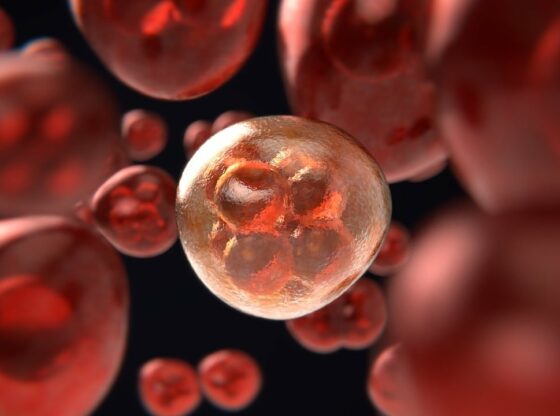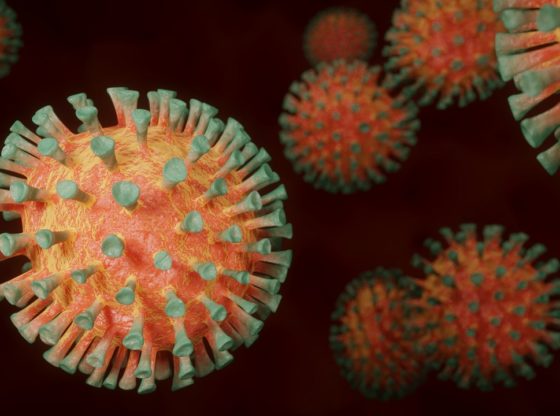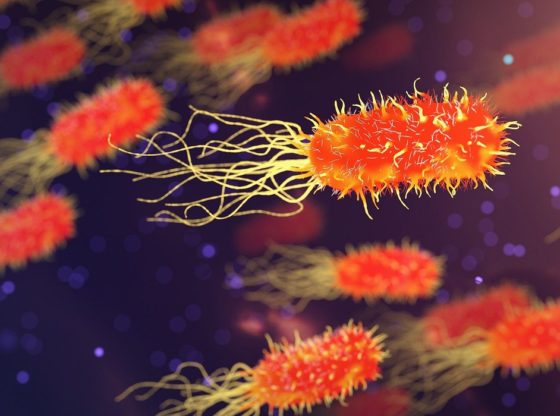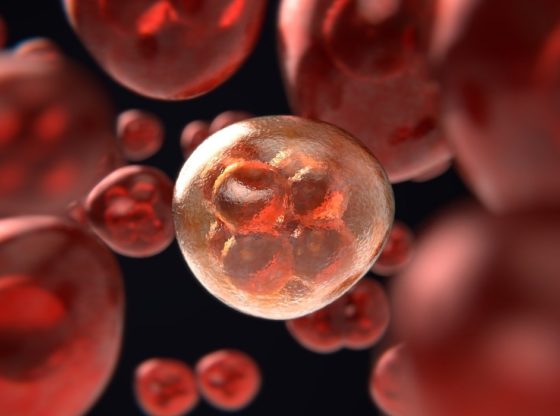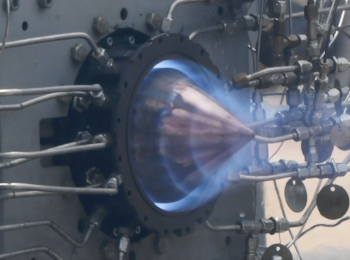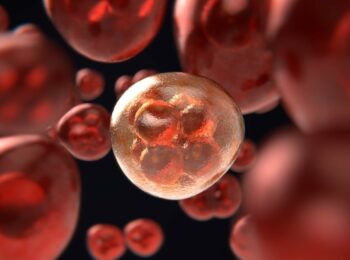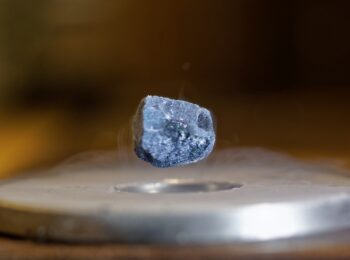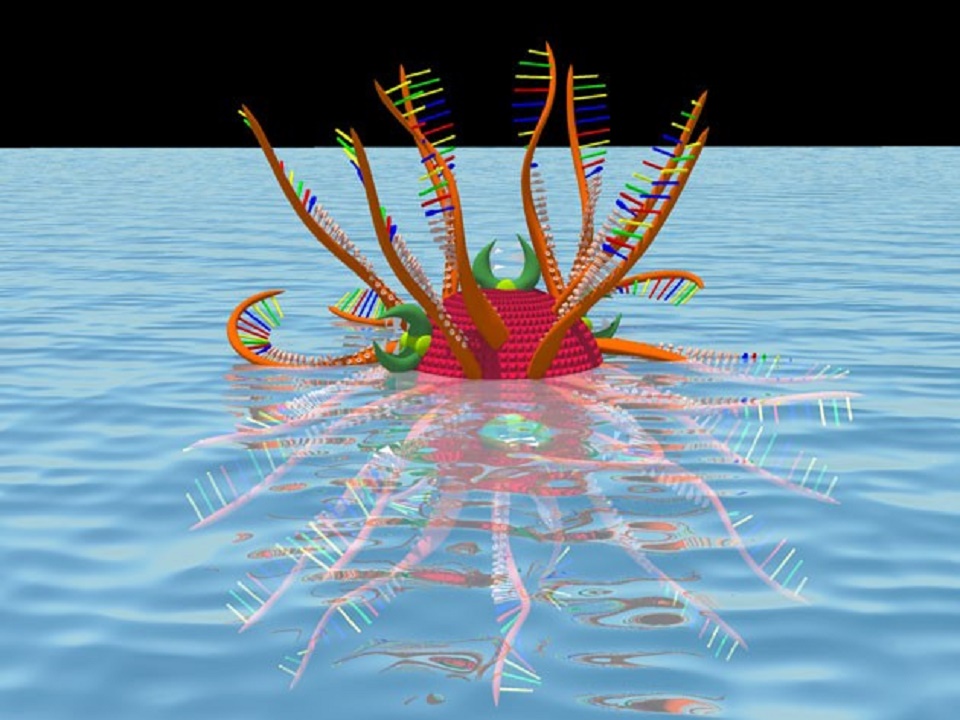
A team of scientists at the University of Florida has developed a nanoparticle they call “nanozyme”. This nanozyme has successfully been used to destroy 100 percent of Hepatitis C virus-infected mice.
Hepatitis C
Hepatitis C is otherwise only found among humans and is only spread through blood. It infects the liver and persists in the liver in about 85% of those infected. The virus is globally widespread and relatively common. The infection is often asymptomatic, that is, the patient is a carrier but does not suffer any symptoms. But the chronic infection can lead to scarring of the liver and ultimately to cirrhosis and a need of replacing liver tissue. This advanced state is generally apparent after many years.
There are increasing progress in finding a vaccine against the virus with some optimistic results. As one team at the University at Oxford recently developed a vaccine that entered early clinical trials in January.
Nanozyme
Nanozyme is, however, a radically different way to approach treatment of virus infections. It is constructed using gold nanoparticles, for which their surface has been coated with two biological agents.
First, an enzyme that can attack and destroy the mRNA which allows the virus to replicate. Second, a string of DNA that identifies the disease, attaches to it and allows for the enzyme to kill it.
This nanozyme has been one hundred percent efficient for cell cultures in vitro and in infected mice. This is indeed amazing results and opens up for a future more effective treatment of the otherwise elusive Hepatitis C virus. But also viruses in general and perhaps even against bacteria, when our current antibiotic treatments are proven more and more ineffective.
Details of the research appeared in the journal Proceedings of the National Academy of Sciences.
______________________________
F researchers develop “nanorobot” that can be programmed to target different diseases
_______________

